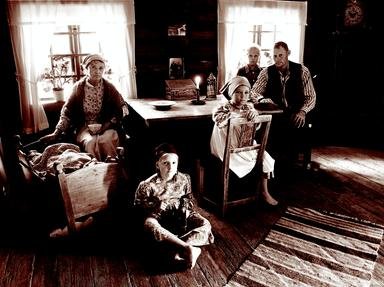Quiz Answer Key and Fun Facts
1. The first phase of the Transportation Revolution began in the 1790's when private companies began building new roads and charging shippers and travelers to use them. What were these roads called?
2. Some road builders experimented with surfacing, trying to improve the usual dirt surface. For example, logs were used by placing them together across the roadbed. What was this kind of road called?
3. The next phase of the Transportation Revolution was the steamboat phase. Who was the inventor usually given credit for demonstrating that steam engines could propel boats on rivers?
4. The steamboating craze really got underway in 1811 when a steamboat made a successful journey from Pittsburg to New Orleans by using the Ohio and the Mississippi rivers. What was the name of this boat?
5. The steamboat's great advantages over previous riverboats were speed and the ability to carry cargo and passengers upstream. Upstream freight costs were reduced to one tenth of what they had been prior to the steamboat's debut. Who was the steamboat designer who invented the "wedding cake" design that we now associate with the steamboat?
6. But what if you did not live on a river? No problem. Enterprising Americans in the 1810's simply began to dig ditches to connect to the rivers. They called them canals. The most famous of them was the Erie Canal that, when it was finished in 1825, connected Lake Erie to which river?
7. One problem with canal-building was that fly-by-night canal companies often defrauded cities and states or lacked the engineering knowhow to build canals. What was the most cited problem with canals that did not work very well?
8. In the 1820's the most spectacular phase of the Transportation Revolution was the railroad. Which nation is usually given the credit for developing the first practical railroad?
9. In 1828 the first successful railroad was built in the United States, connecting the city of Baltimore with the state of?
10. Railroads were not always welcomed as a sign of progress. As the railroad age began, what was a complaint about the trains?
Source: Author
obiwan04
This quiz was reviewed by FunTrivia editor
bloomsby before going online.
Any errors found in FunTrivia content are routinely corrected through our feedback system.

